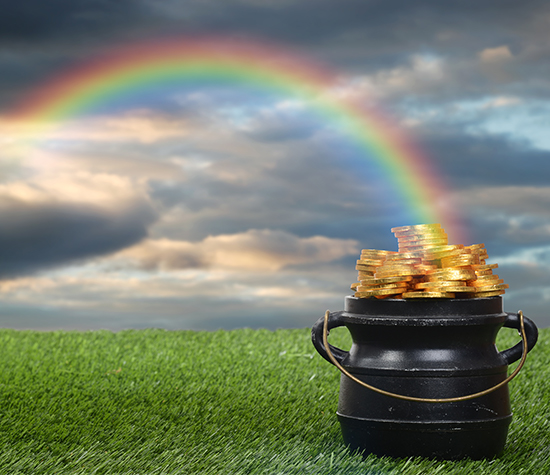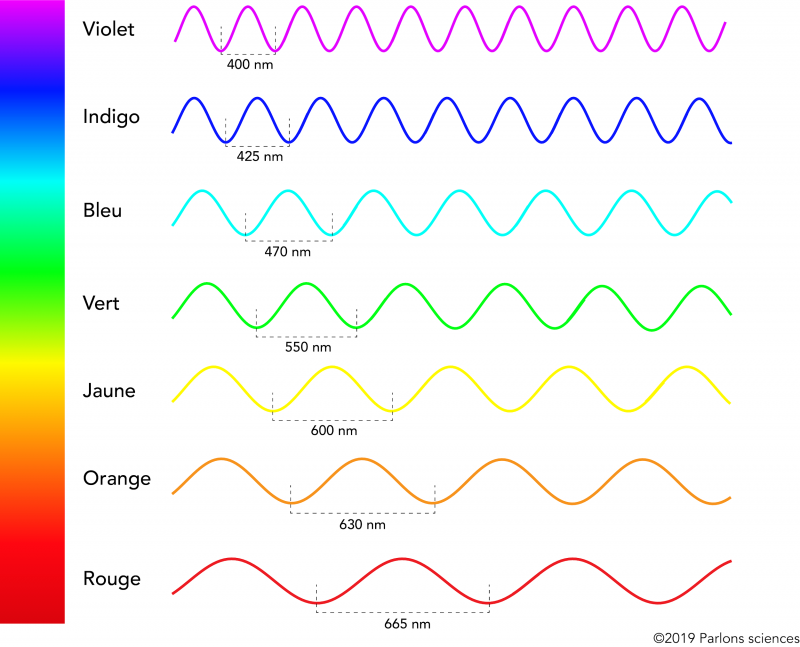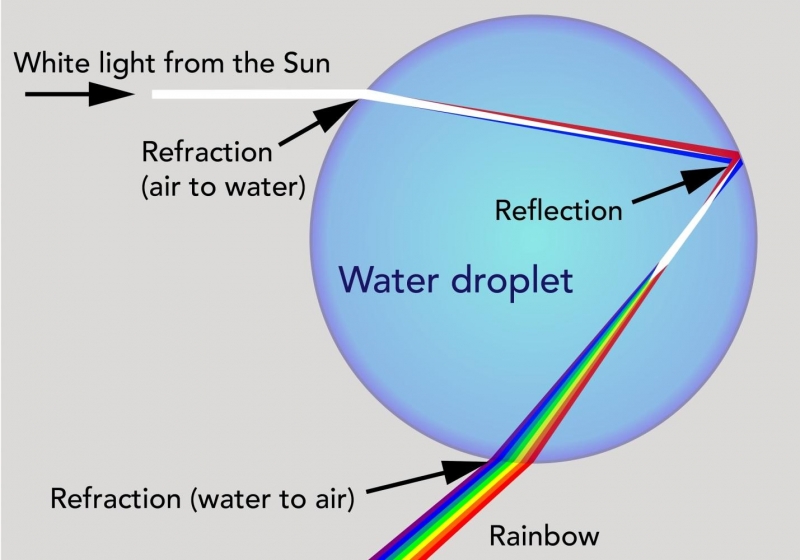What's in a Rainbow?

A pot of gold at the end of a rainbow (mg7,iStockPhoto)

A pot of gold at the end of a rainbow (mg7,iStockPhoto)
6.28
How does this align with my curriculum?
Curriculum Alignment
NU
8
Knowledge and Employability Science 8 (Alberta, Revised 2009)
Unit C: Light and Optical Systems
YT
8
Science Grade 8 (British Columbia, June 2016)
Big Idea: Energy can be transferred as both a particle and a wave.


